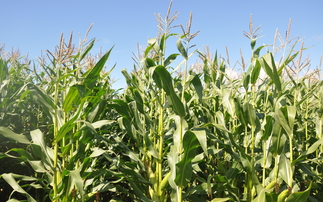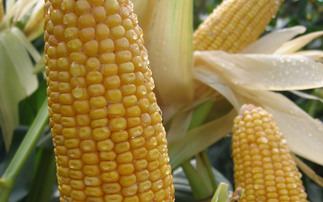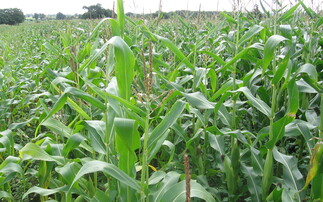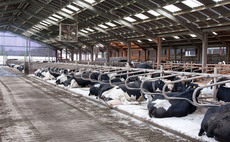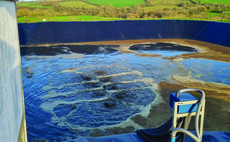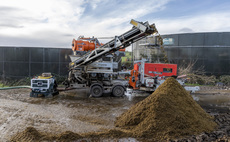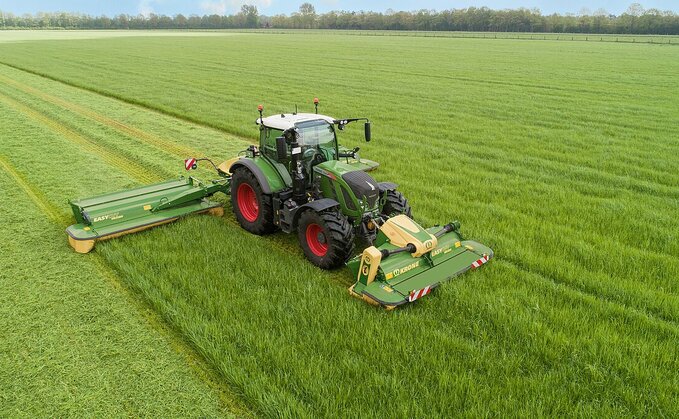
Cutting grass younger and more often (multi-cut) potentially offers higher metabolisable energy, because younger grass is more digestible; as well as a higher protein content; and a higher total grass yield over the season.
Lighter cuts are also easier to wilt, and younger grass can be easier to consolidate.
However, shorter cutting intervals risk introducing slurry bacteria to the fermentation, if applying slurry between cuts. There is also a risk of increased buffering of the fermentation from higher residual nitrogen and protein. Together, these can increase dry matter losses, underlining the case for an additive.








